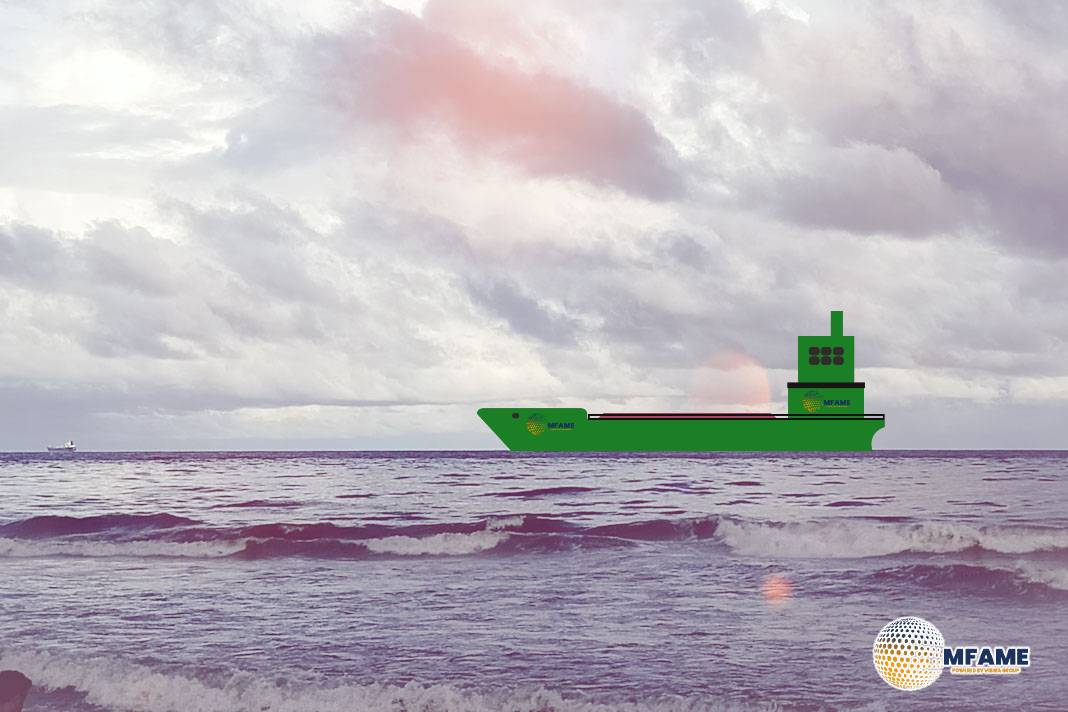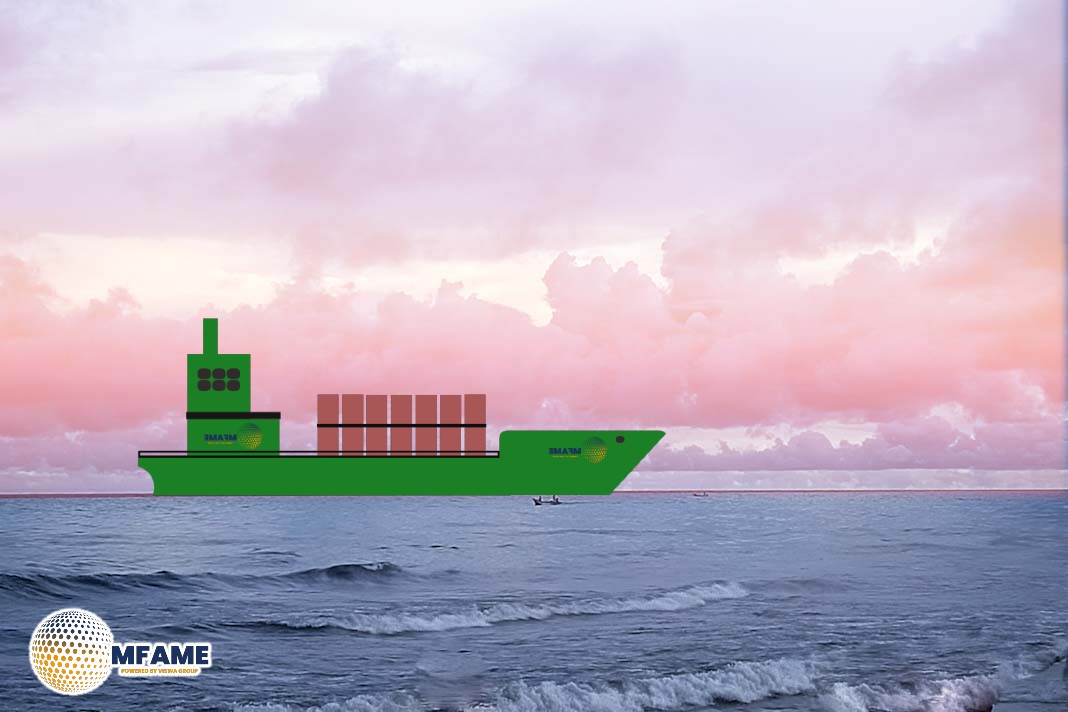Green shipping corridors are trade routes designed to accelerate the adoption of zero-emission shipping through collaborative efforts between the public and private sectors. These corridors will utilize vessels powered by zero-emission fuels, primarily e-fuels such as e-methanol and e-ammonia. Experts believe these corridors need to be operational this decade to initiate the shipping industry’s energy transition. Currently, over 60 such initiatives are in progress, with six approaching implementation, reports Global Maritime Forum on LinkedIn.
Feasibility Wall
The Getting to Zero Coalition’s 2024 Progress Report on Green Shipping Corridors highlighted a “feasibility wall” for these corridors, primarily due to economic barriers. However, this economic landscape could shift dramatically in a few weeks when the IMO finalizes its “mid-term measure” regulations for decarbonizing shipping in April.
Evidence suggests that the early adoption of e-fuels in shipping hinges on three key elements within these regulations: a global fuel standard (GFS), a substantial greenhouse gas levy, and targeted incentives for e-fuels. It remains uncertain whether the IMO negotiations will incorporate all three. A crucial question arises: can green corridors, where early adopters of zero-emission shipping are focusing on the most readily achievable opportunities, thrive if the IMO regulations lack a high levy and targeted rewards?
A new study by UMAS and UCL for the Global Maritime Forum, titled “Building a Business Case for Green Shipping Corridors,” explores this very question. It examines the viability of green corridors if the IMO only agrees on a GFS with pooling.
The study concludes that such a limited regulatory framework could severely hinder the progress of green corridors. Many would struggle to establish a viable business case, jeopardizing the achievement of established targets. This potential failure would then necessitate intervention from national governments to bridge the regulatory gap if they are committed to the success of green corridors and the IMO’s Greenhouse Gas Strategy.
Decarbonization Policies
The study expands its analysis beyond IMO regulations to consider their interplay with existing national and regional decarbonization policies.
Assuming a GFS-focused outcome at the IMO, the study anticipates the EU continuing its Emissions Trading System (ETS) for shipping post-2027. It then assesses the combined impact of the GFS and EU ETS.
The ETS, by increasing the cost of non-zero-emission fuels, would narrow the cost difference between green corridors and the cheapest GFS compliance methods on routes connected to Europe. However, at projected ETS allowance costs, it wouldn’t fully offset the higher cost of e-fuels. Instead, the primary impact would be operational, concentrating low-emission fuel use in Europe as operators balance GFS compliance with minimizing ETS exposure.
The study also acknowledges the likelihood of continued hydrogen support schemes from national and regional governments beyond 2027. While green corridors could potentially leverage this support to bridge the competitiveness gap, it faces similar challenges as pooling. The US Inflation Reduction Act (IRA) stands out as the most significant current hydrogen support scheme.
The study finds that if IRA tax credits remain unchanged under a new administration, they would substantially reduce the cost of US-produced e-fuels. However, the incentives available for blue ammonia would still make it a more cost-effective compliance option than e-fuels until the mid-to-late 2040s.
Click here to read the entire article
Did you subscribe to our daily Newsletter?
It’s Free Click here to Subscribe!
Source: Global Maritime Forum on LinkedIn

















